blog
Book Review: Caress by Elinor Carucci, David Hilliard, and Mickalene Thomas
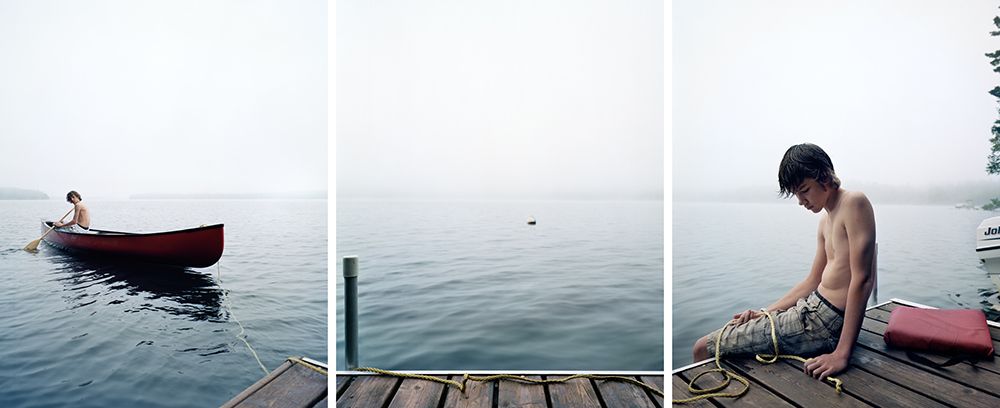
Boys Tethered, 2008. © David Hilliard
Caress is one in a series of books published in a Triptych Series by Yoffy Press. Three photographers, Elinor Carucci, David Hilliard, and Mickalene Thomas, contribute work that supports the common theme. Caress explores intimacy, emotion and connection between people as subjects, as well as the photographer and subjects. The theme is addressed in each volume, both in a compounding way with the relationship from one image building upon another as a whole in the volume, and the singular sense of one image or set of images playing off each other from page to page. The variance of the artists approaches lends to the strength of the triptych series. Each photographer explores the theme through their work in a variety of ways. As with the other books in this ongoing triptych series, I’m drawn to find the common thread amongst the work chosen by each artist.
It feels reassuring to see work focusing on the power, strength and attraction of human touch. In April of 2020, ‘social distancing’ is presented as one of our greatest weapons against the coronavirus pandemic. While the science of this tactic is sound, the approach feels counterintuitive on an instinctual level. We are taught to reach out to those in need, we are compelled to embrace loved ones who are hurt, we draw our loved ones closer whether it is out of a sense of nurturing, or out of desire. There is a palpable sense of worry, or even fear, surrounding the transmission of a disease that relies on person to person interaction. A caress is an aspiration in this moment, which makes the theme much stronger and pertinent now than when the triptych was first envisioned.
Carucci’s work has primarily centered on or around her personal experiences and relationships. Notably she has two major series of works centered around herself and her relationship with her husband, and she most recently received wide acclaim for her project and resulting book, Midlife. Universal experiences are shown through her personal experiences throughout her body of work.
Carucci’s series features a mother, and child who suffers from an acute illness (we aren’t told what). In many of her portraits of the child, he appears vacant and unresponsive to the touch and kisses given by his mother. Only the last few images show both mother and child with happy expressions. Are these images an equivalent of an emergence from illness? Relief? Or a metaphor for the tireless years of caring for a child? The strength of Carucci’s volume is that it presents more questions than definitive answers. It lead me to relate in equivalents of my own experience as a parent. Like a kiss on the top of a child’s head, or their temple, so you can smell their hair, or placing a nurturing hand to cradle the side of their cheek, their ear, the base of the neck with the entirety of their head fitting your palm – when caring for a sick child, sometimes the best thing you can do is hold them in comfort.
Hilliard pairs people in scenes where we see, or feel, the connecting thread between them. Some connections in his work are immediate, some couples make direct eye contact, occupy the same intimate space, or hurl an emotional glance like a line drive hit. His images also carry a sense of desire – from subtle to intense. Hilliard also includes a poem by C.P. Cavafy titled Come Back, which speaks to the memory of a lover’s touch, and how the thought of it is enough to elicit Want.
The scenes included in Hilliard’s volume are those of an outside observer, His work is known to explore themes of identity, tensions, fears, and often conflicting emotions about his sexuality. Hilliard’s works are known for their staging and his use of multiple panels to present the final images of his carefully constructed scenes that illustrate an emotional distance for the viewer. But this was not my experience when viewing his work in Caress. The small scale of the book has much to do with eliminating the emotional distance a large scale work can produce, and the multiple panels of some pieces were effectively reworked into vignettes, which strengthened his sense of intimacy with his subjects. Hilliard is the photographer capturing the scene, and yet I feel his images evoke a sense of immediacy and intimacy that evokes the feeling of firsthand voyeurism.
The images Mickalene Thomas presents in her volume, not surprisingly, visually reference her richly constructed works and complex photographs of black women depicted in portraits, interiors and landscapes which examine themes of identity, gender, sexuality and power. Her work especially concentrates on issues surrounding the ways black women are represented in art and pop culture.
Her series of images include a black woman photographed in a few settings: sitting on a sofa, on a bed, and standing in a room – but the figure has been cut out and isolated from the original photograph. The remaining parts of the image that don’t include the figure are also included in the series. A paneled wall, swatches of color or fabric pattern, flowers cut out of a garden photo, and even the block-color darkness of an interior space show the outline to indicate the absence of the figure.
Thomas explores the idea of a visual and tactile sense of caress through her series. The visual caress of the viewer, whether it is male or female, caucasian or person of color, is directed at the woman whose blouse or dress reveals bare breasts, and the woman makes direct eye contact with the camera in all but two of her photos (the woman is looking at herself in a hand mirror in one of the two). The weight of her gaze is palpable. Thomas makes the choice to subvert the male gaze in her empowered portraits. Her images both reference and smartly riff on classic works – variations of Titan’s Venus of Urbino… 486 years strong and still going.
The work in Thomas’ volume feels like it does not deny the process by which it was made. Thus a very direct and tactile aspect of the theme arose in imagining the sensation of physically constructing the series. I know how it feels to cut a photograph, to trace the shape of a figure, to separate it from the different parts of the original image, and then explore how to assemble and construct the final result. It is a very personal action, and Thomas adds layers of complexity with the chosen subject matter.
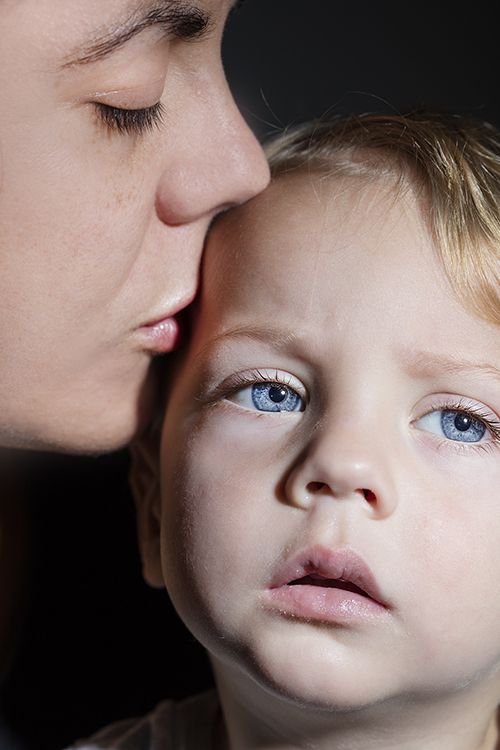
© Elinor Carucci
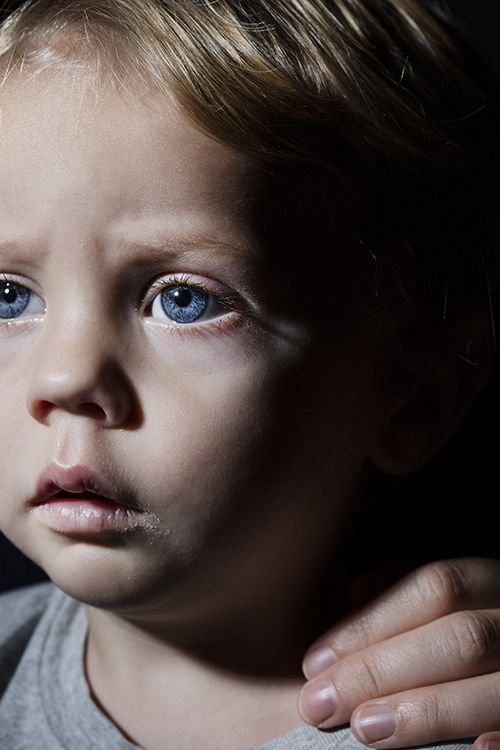
© Elinor Carucci
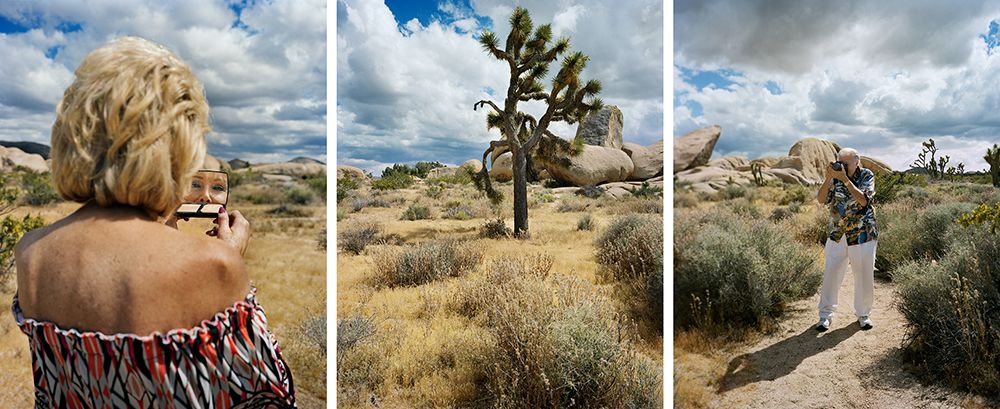
The Adoration of Linda, 2019. © David Hilliard
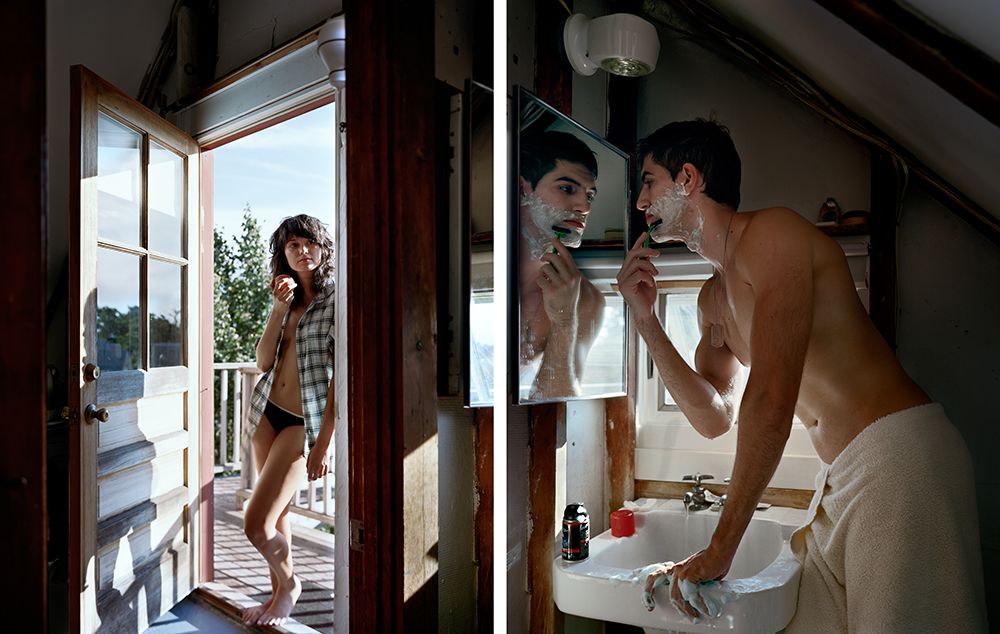
Lather, 2010. © David Hilliard
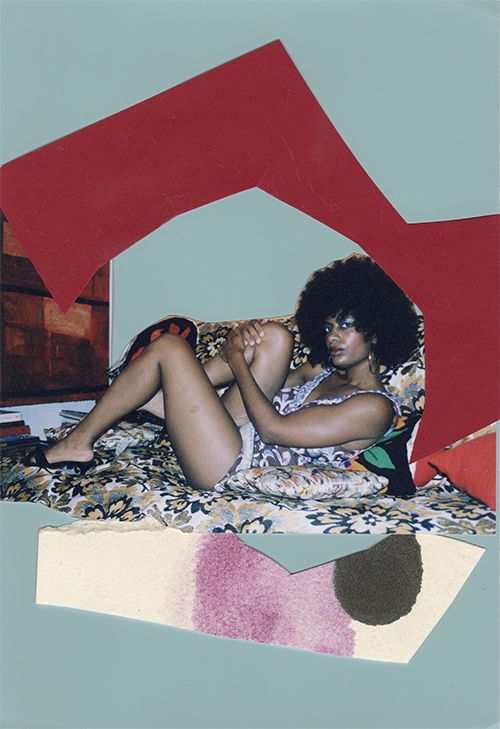
© Mickalene Thomas
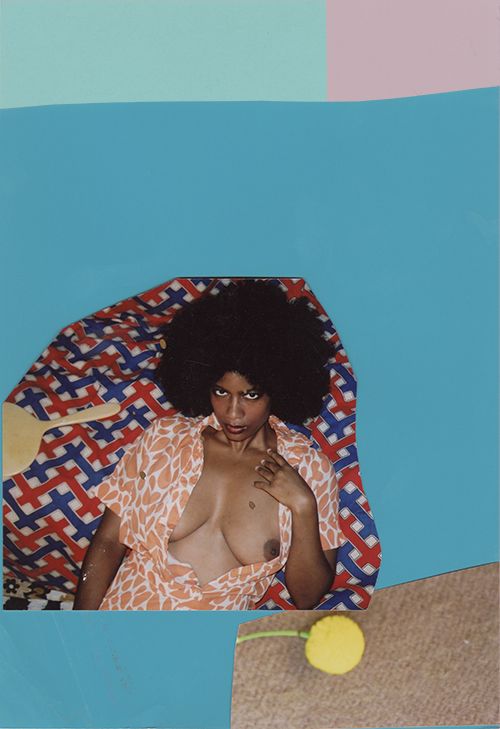
© Mickalene Thomas
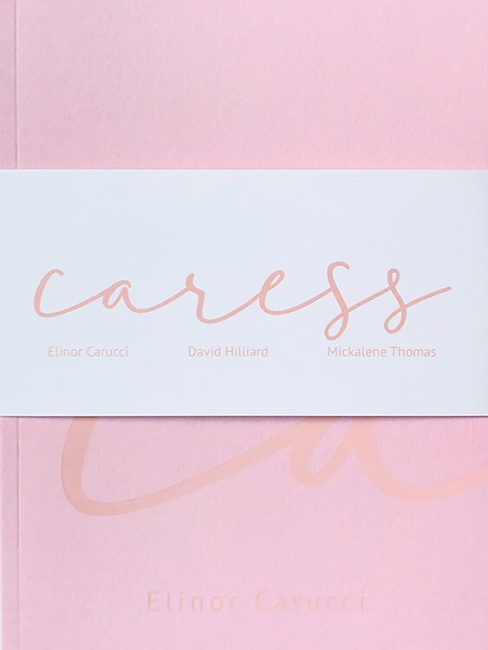
Caress
Artists: Elinor Carucci, David Hilliard, Mickalene Thomas
Softcover, set of three books
8.75 x 6 inches, each book is approximately 40 pages
Edition of 250
Published by Yoffy Press. Released in December, 2019
Location: Online Type: Book Review
Events by Location
Post Categories
Tags
- Abstract
- Alternative process
- Architecture
- Artist Talk
- artistic residency
- Biennial
- Black and White
- Book Fair
- Car culture
- Charity
- Childhood
- Children
- Cities
- Collaboration
- Community
- Cyanotype
- Documentary
- Environment
- Event
- Exhibition
- Faith
- Family
- Fashion
- Festival
- Film Review
- Food
- Friendship
- FStop20th
- Gender
- Gun Culture
- Habitat
- Hom
- home
- journal
- Landscapes
- Lecture
- Love
- Masculinity
- Mental Health
- Migration
- Museums
- Music
- Nature
- Night
- nuclear
- p
- photographic residency
- Photomontage
- Plants
- Podcast
- Portraits
- Prairies
- Religion
- River
- Still Life
- Street Photography
- Tourism
- UFO
- Water
- Zine

Leave a Reply